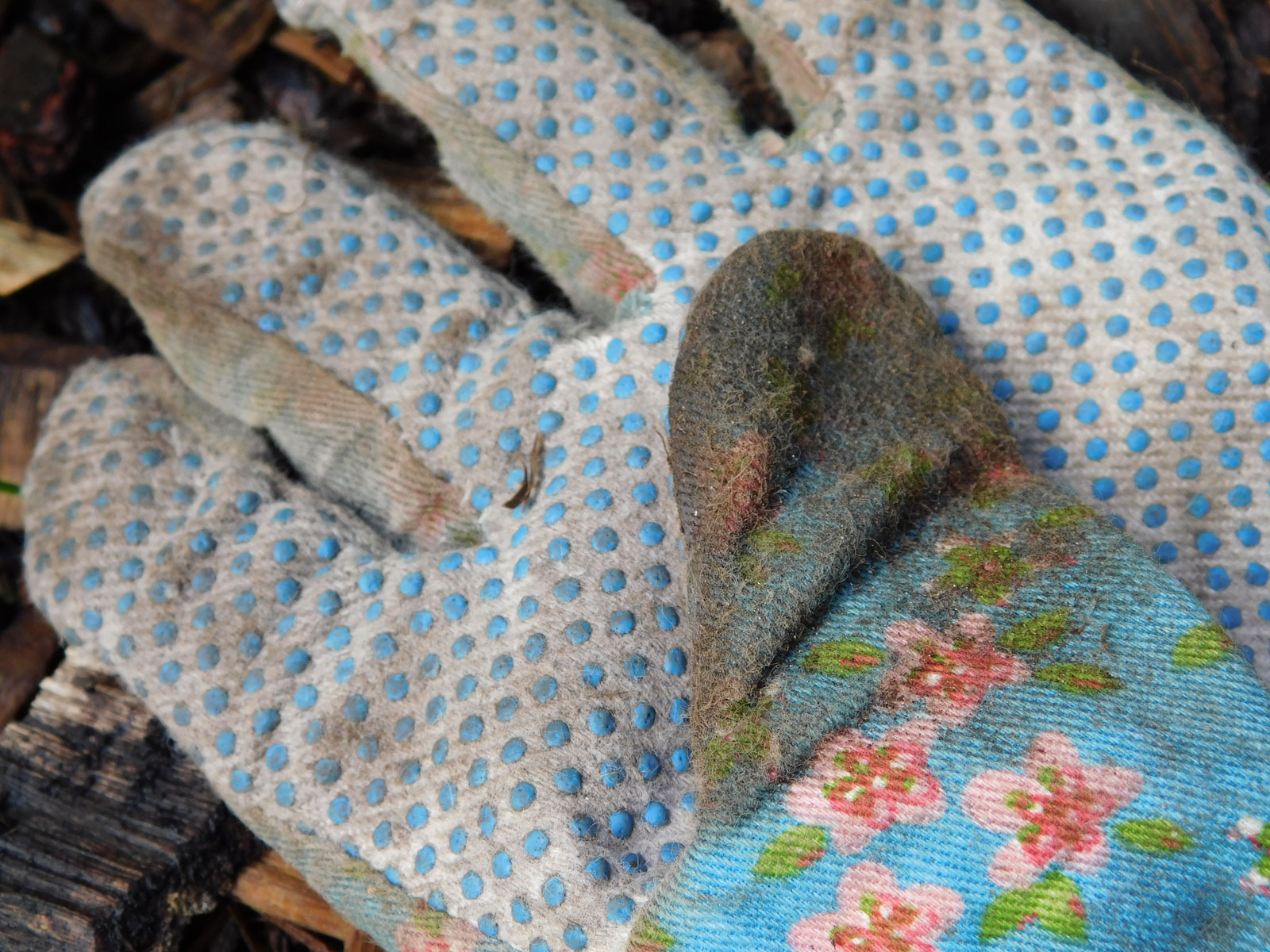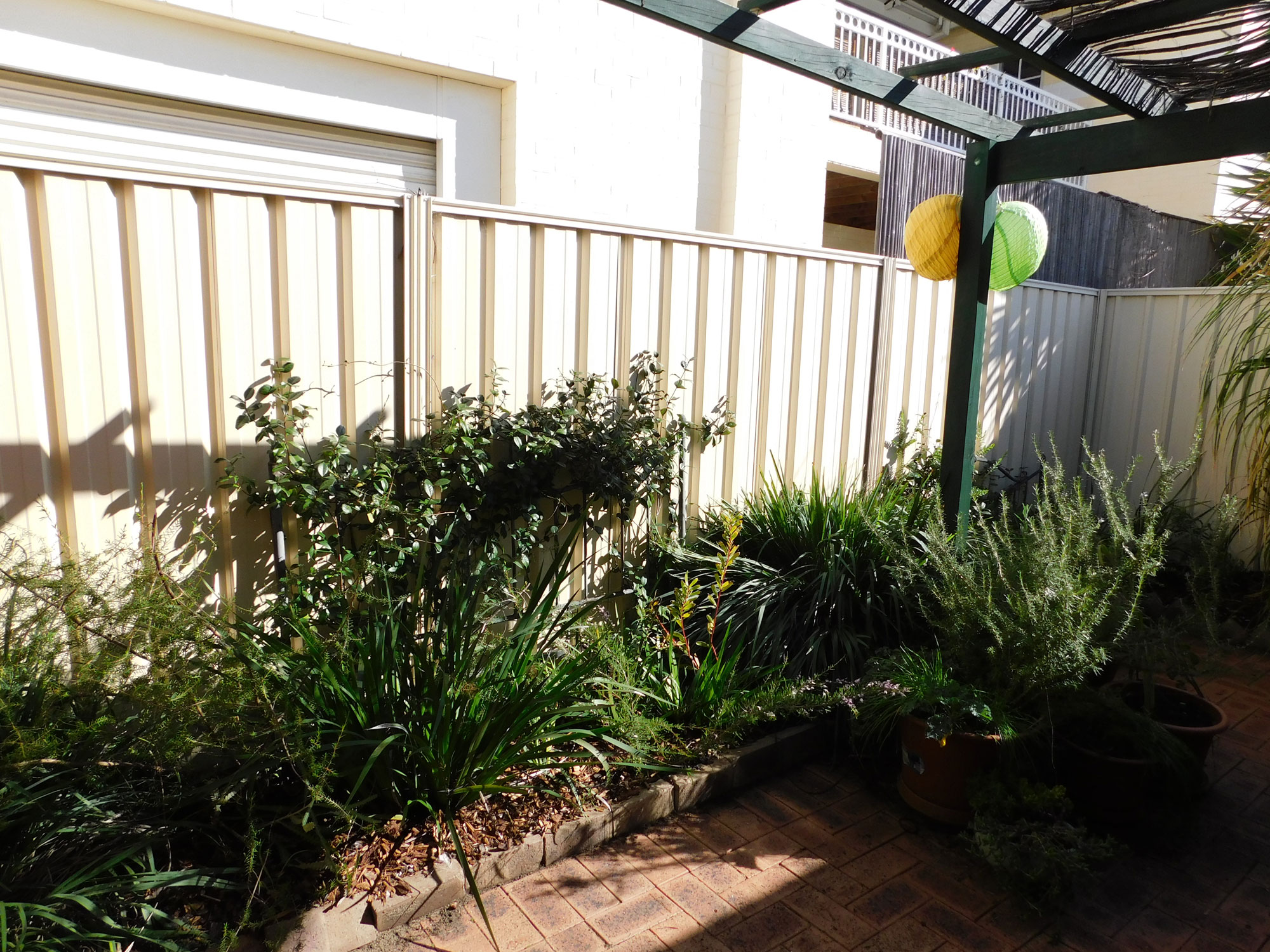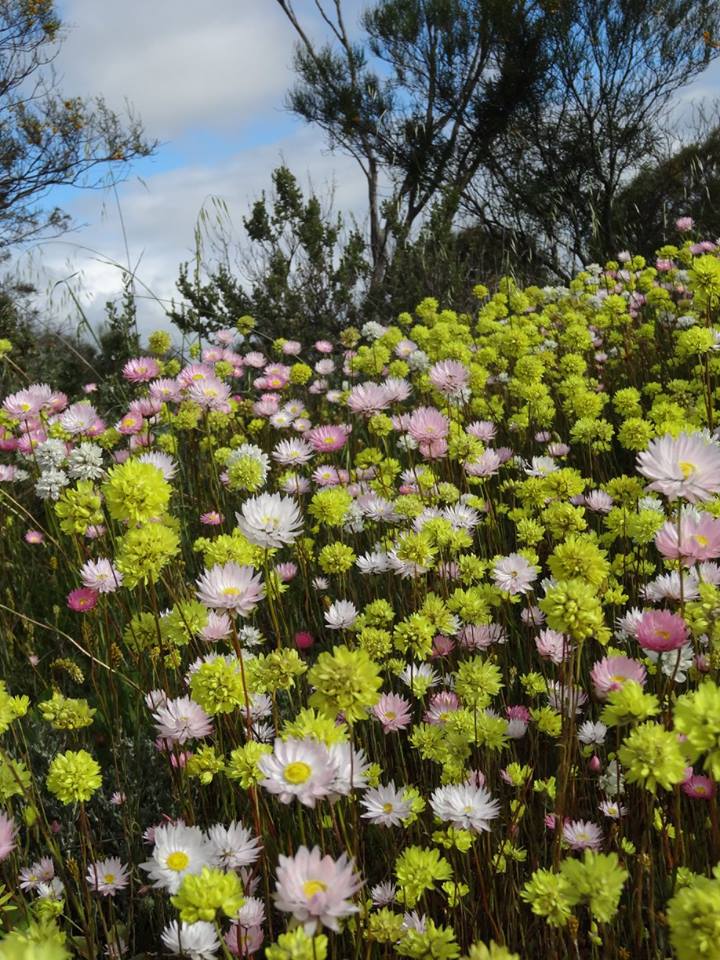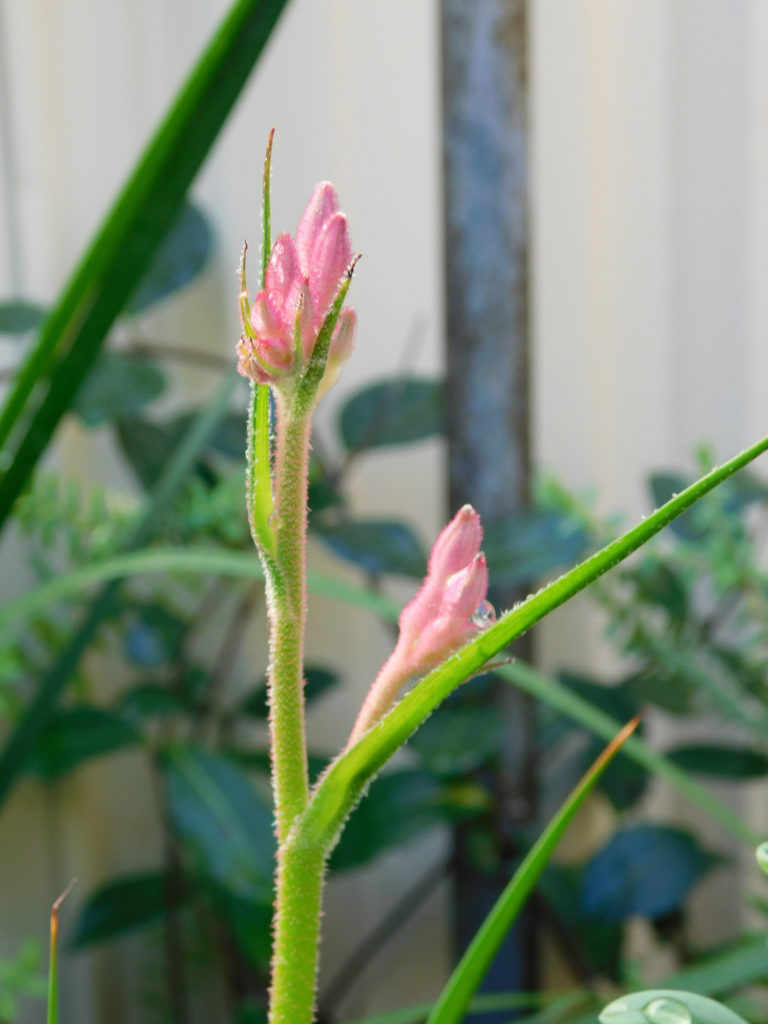Gardening gloves
Changing the land one courtyard at a time
For me, the term ‘Anthropocene’ initially conjures images of dramatic changes to the landscape, over vast scales that are difficult to comprehend. My current home in Perth, Western Australia has been the scene of one of the largest deforestation programs in the world. With the catch-cry of ‘A million acres a year!’ Western Australia’s wheat belt has shifted from 90% native vegetation in 1910, to just seven percent today. These figures make my heart ache, but they also make my head hurt… I can’t seem hold these great scales and numbers meaningfully in my mind!
So how can I personally contextualise the Anthropocene? In mulling this over with a cup of Nescafe in my courtyard on a Sunday morning, I see an answer. Like most 20-somethings, I live in a rented house (please note Baby Boomers – my coffee was accompanied by Weet-Bix, not avocado on toast!). I’ve lived in nine different homes over the last ten years, and most have had courtyards or patios. My current house has a courtyard six paces long, by four wide. Compared to ‘a million acres a year’, it is unequivocally nothing.
But for the time being at least, it’s mine. And I have very much imposed my human presence upon it.
When I moved in two years ago, it was dominated by hip-high grass. Now it is full of thriving native plants. It’s the middle of winter now, so to the casual observer it’s naught but a mess of green textures; angel-hair tendrils creeping, spikey chain-saw-inspired leaves, and needle-tough spikes. I’ve spent a lot of time working on it over the last few months, and am eagerly awaiting the arrival of spring, and a riot of colour. Western Australians like to boast about their beaches, but for my money it’s the amazing range of flowers that should really take pride-of-place. I’m convinced they are like nothing else on earth.
Image: Alice Ryder
Image: Alice Ryder
My gardening gloves are stained tannin-dark. The more you look at them, the more they tell you about how I’ve shaped this tiny piece of land. I’ve chosen the plants, which while native, include cross-breeds that definitely wouldn’t be found out bush (although… sigh… my pretty blue kangaroo paws never seem to thrive like their classic red and green cousins!). I’ve rigged up a reticulation system to add far more water than is natural during the hot, dry summer and I’ve proudly sent photos of my flowers to friend and family, like some people share photos of their dogs or children.

Image: Alice Ryder
Most soil in Perth isn’t soil at all (at least not in my native ‘Over East-er’ sense!). In this oldest-of-old landscape, it’s hardly more than leached sand. It’s coarse, bone-white stuff that gets everywhere. Never before have I lived 15 km from the beach and still vacuumed sand from my floor weekly! But my gardening gloves are dark. I’ve added soil-improver and mulch, and my herb pots are full of rich potting mix. It’s on the tiniest of scales, but I’ve absolutely changed the strata of my backyard. I wonder if it’s the ‘right’ thing to do, to impose my own will on this mini-landscape? And when I inevitably move on, what will happen to ‘my’ landscape, and will it matter?
I’ve planted gardens everywhere I’ve lived, and I’ve moved with such alarming regularity that I’ve not really seen the fruits of my labours. I wonder if those gardens-past are thriving, or just-hanging-on, or have been replaced entirely? Joni Mitchell and the Counting Crows, with their paved-paradise come to mind…

Image: Alice Ryder
The truth is that I haven’t made these gardens to impose my will on the land, but because I feel the need for the environment to shape me. I’m a small-town person – a ‘bushie’ from Townsville and an ex-National Parks Ranger, who accidentally found herself living in a capital city. While I love Perth, I find the endless suburbia a bit suffocating. I need the environment to shape me… to give me space to breathe… as much as I need to shape the environment. In springtime, I’ll explore the Perth Hills, and the Stirling Ranges, and soak up this precious biodiversity hot-spot in all its glory. But I’ll also drink coffee in ‘my’ teeny-tiny bit of land, and watch the flowers bud and bloom day-by-day.
I hope the soil and plants lay down a memory of my care for at least a little while after I’m gone.



